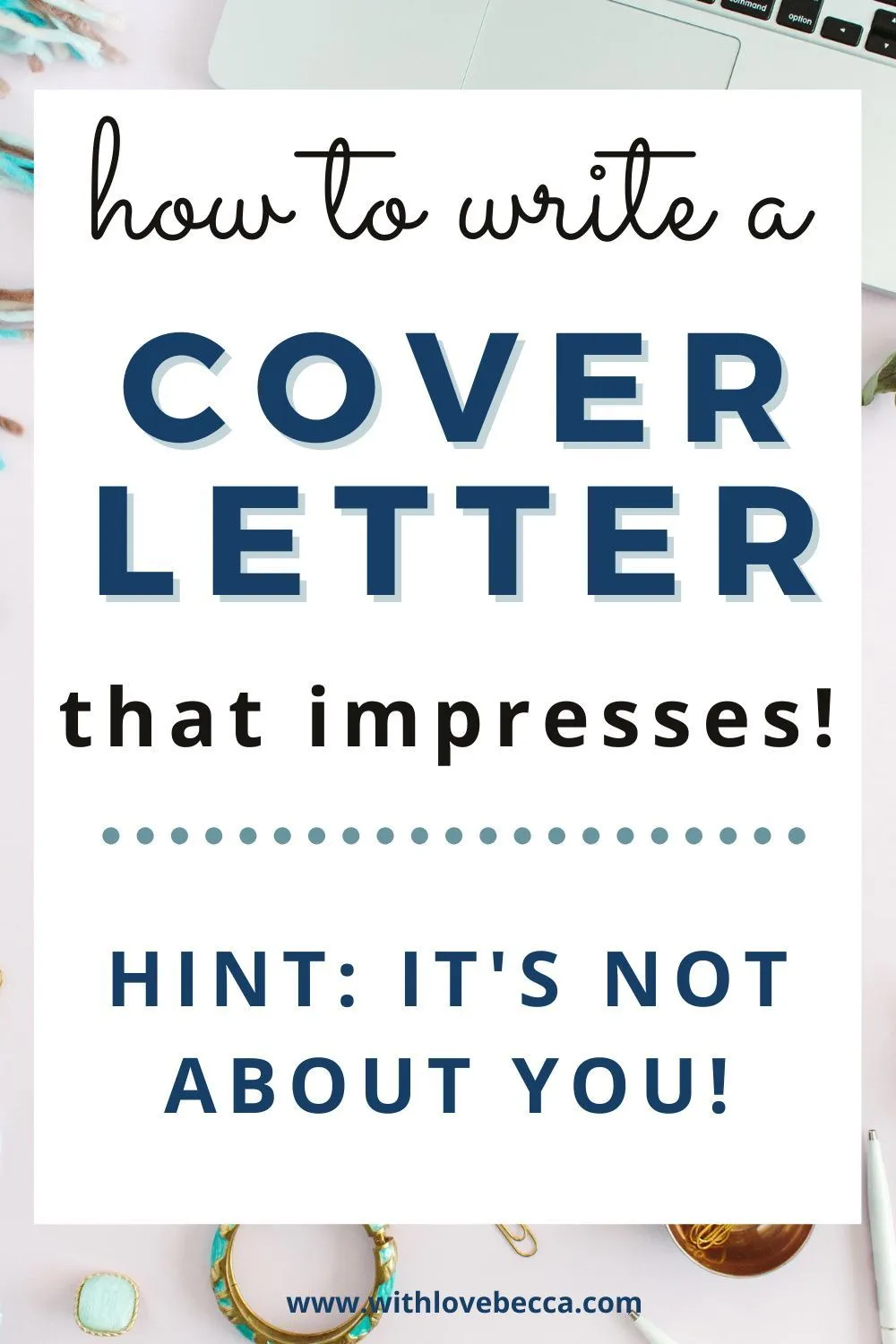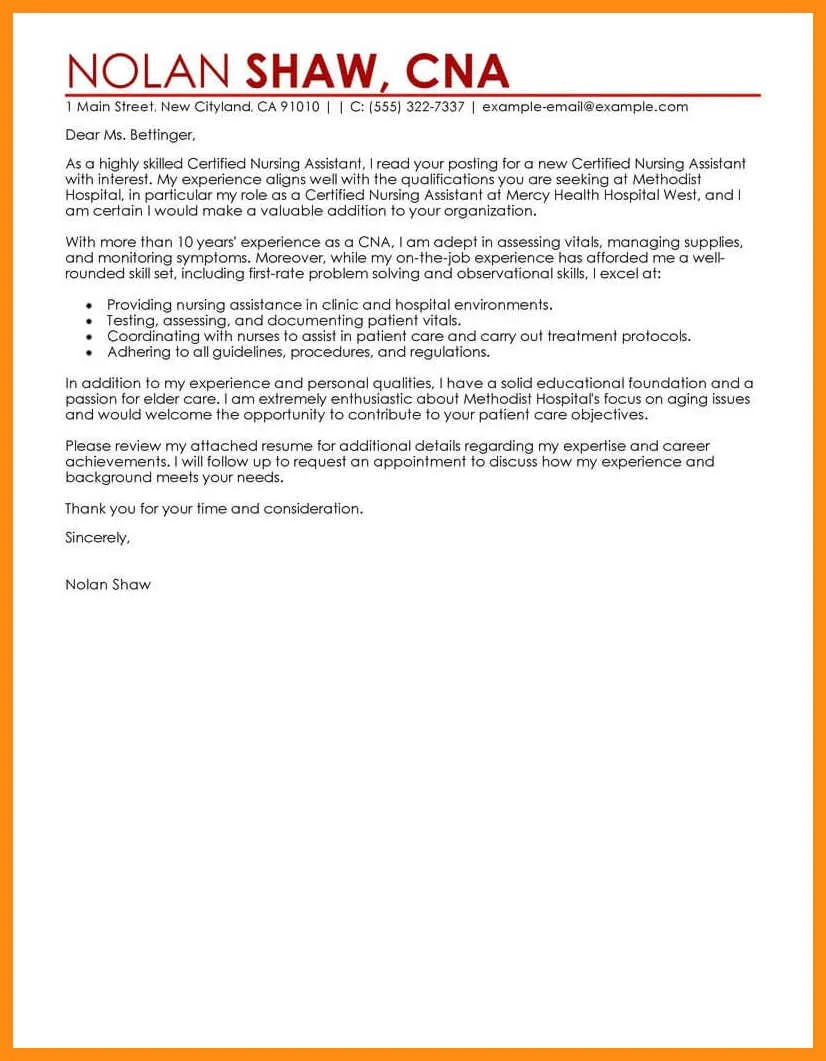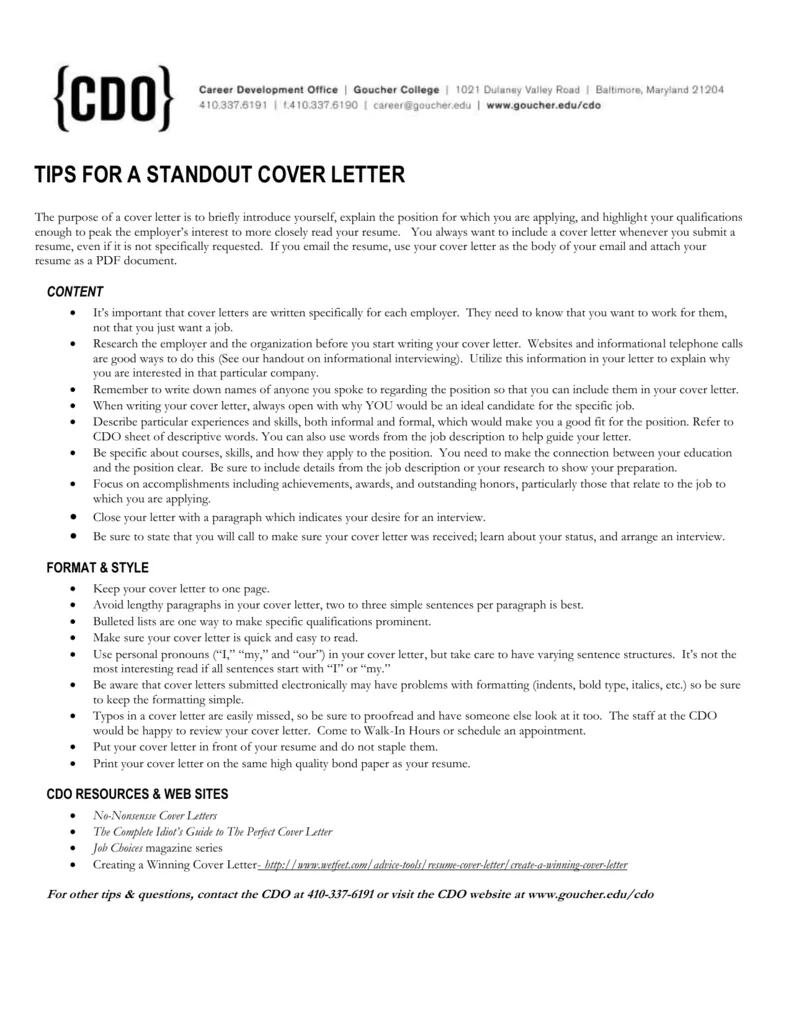Why Your Cover Letter Matters
In today’s competitive job market, a compelling cover letter is more than just a formality it’s your chance to make a strong first impression and stand out from the crowd. Many applicants underestimate the importance of this document, focusing solely on their resume. However, a well-crafted cover letter allows you to showcase your personality, explain your career goals, and demonstrate your genuine interest in the specific role and company. It’s your opportunity to tell a story, to connect with the hiring manager on a personal level and highlight why you are the ideal candidate. Failing to submit a thoughtful cover letter or sending a generic one can often lead to immediate rejection, regardless of the quality of your resume. A cover letter is a critical tool that significantly impacts your chances of securing an interview.
Key Elements of a Standout Cover Letter
Several key elements contribute to a cover letter that grabs the reader’s attention. Start with a professional and personalized greeting, addressing the hiring manager by name whenever possible. The introduction should immediately capture their interest, clearly stating the position you’re applying for and why you are excited about the opportunity. The body of the letter should focus on the specific requirements of the job, highlighting relevant skills and experiences. Provide concrete examples that demonstrate your accomplishments and quantify your achievements whenever feasible. Conclude with a strong call to action, expressing your enthusiasm for the role and your availability for an interview. Finally, make sure you proofread your cover letter meticulously to eliminate any typos or grammatical errors.
Highlighting Your Unique Selling Proposition

Your unique selling proposition (USP) is what sets you apart from other applicants. Identify your key strengths and the specific value you bring to the company. What makes you different? What special skills, experiences, or perspectives do you possess that would benefit the organization? Your cover letter is the perfect place to articulate this USP. Think about your past successes and how they align with the job requirements. Use this opportunity to emphasize what makes you unique and memorable. Don’t be afraid to brag a little, but always back up your claims with evidence from your past experiences. Show the hiring manager what makes you stand out in the crowd, making them more likely to recall your application.
Showcasing Relevant Skills and Experiences
Your resume provides a detailed overview of your qualifications, but the cover letter lets you elaborate on those experiences and connect them directly to the job requirements. Analyze the job description carefully and identify the specific skills and experiences the employer is seeking. Then, select a few relevant examples from your past that showcase those skills. For each example, use the STAR method (Situation, Task, Action, Result) to provide context, explain what you did, and highlight the positive outcomes. This approach will make your accomplishments more compelling and demonstrate how you can contribute to the company’s success. Show, don’t just tell the hiring manager why you are a good fit for the role.
Tailoring Your Cover Letter to Each Application
A generic, one-size-fits-all cover letter will quickly end up in the rejection pile. To truly stand out, you must tailor each cover letter to the specific job and company. This involves customizing your letter based on the requirements outlined in the job description. Research the company’s mission, values, and culture to understand what they are looking for in a candidate. Then, highlight the skills and experiences most relevant to their needs. Personalize your letter by mentioning specific projects, initiatives, or aspects of the company that interest you. Showing that you’ve taken the time to understand their needs demonstrates your genuine interest and attention to detail, making you a more attractive candidate.
Researching the Company and Role

Before you start writing, take the time to research the company and the specific role you are applying for. Visit the company’s website, read their “About Us” section, and explore their social media profiles. Look for recent news articles, press releases, or blog posts to get a better understanding of their current projects and priorities. This research will provide you with valuable insights that you can incorporate into your cover letter. Tailor your letter to show your knowledge of the company’s goals, values, and culture. Mention specific projects or initiatives that resonate with you and demonstrate how your skills and experiences align with their needs. The more you know, the better equipped you will be to create a cover letter that catches the hiring manager’s attention.
Demonstrating Enthusiasm and Interest
Hiring managers want to hire people who are genuinely excited about the opportunity. Your cover letter is the perfect place to demonstrate your enthusiasm for the role and the company. Avoid generic phrases like “I am interested in this position.” Instead, express your interest in a more specific and compelling way. Explain what aspects of the role or company excite you. Discuss how your skills and experiences align with their goals. Mention any particular projects or initiatives that resonate with you. Use strong, positive language and avoid sounding overly formal or generic. Showing your enthusiasm makes you more memorable and signals to the hiring manager that you are likely to be a motivated and engaged employee.
Using Powerful and Engaging Language
The language you use in your cover letter can make a huge difference in how it is perceived. Choose words that are active, dynamic, and engaging. Avoid clichés, jargon, and overly formal language. Use strong action verbs to describe your accomplishments. Quantify your achievements whenever possible by providing specific numbers or data. Vary your sentence structure to keep the reader engaged. Proofread your letter carefully to eliminate any errors in grammar, spelling, or punctuation. By using powerful and engaging language, you can make your cover letter more memorable and increase your chances of getting noticed.
Formatting and Design for Impact

The format and design of your cover letter are just as important as the content. Use a professional font and layout. Keep the letter concise, ideally no more than one page. Use clear headings and subheadings to break up the text and make it easier to read. Ensure there is adequate white space to avoid overwhelming the reader. Proofread your cover letter carefully to eliminate any errors in formatting. Make sure it aligns with your resume in terms of design and branding. A well-formatted and visually appealing cover letter shows attention to detail and makes a positive impression. Consider using a template, but always personalize it to fit your brand and the specific job application.
Proofreading and Editing Your Cover Letter
Typos, grammatical errors, and formatting mistakes can undermine even the most well-written cover letter. Proofreading and editing your cover letter is essential. After you finish writing, set it aside for a few hours or even a day, then review it with fresh eyes. Read your letter aloud to catch any awkward phrasing or grammatical errors. Use spell-check and grammar-check tools, but don’t rely on them entirely. Have a friend, family member, or career advisor review your cover letter to get a second opinion. This extra step can help ensure that your cover letter is polished, professional, and free of errors, which will increase your chances of making a positive impression.
